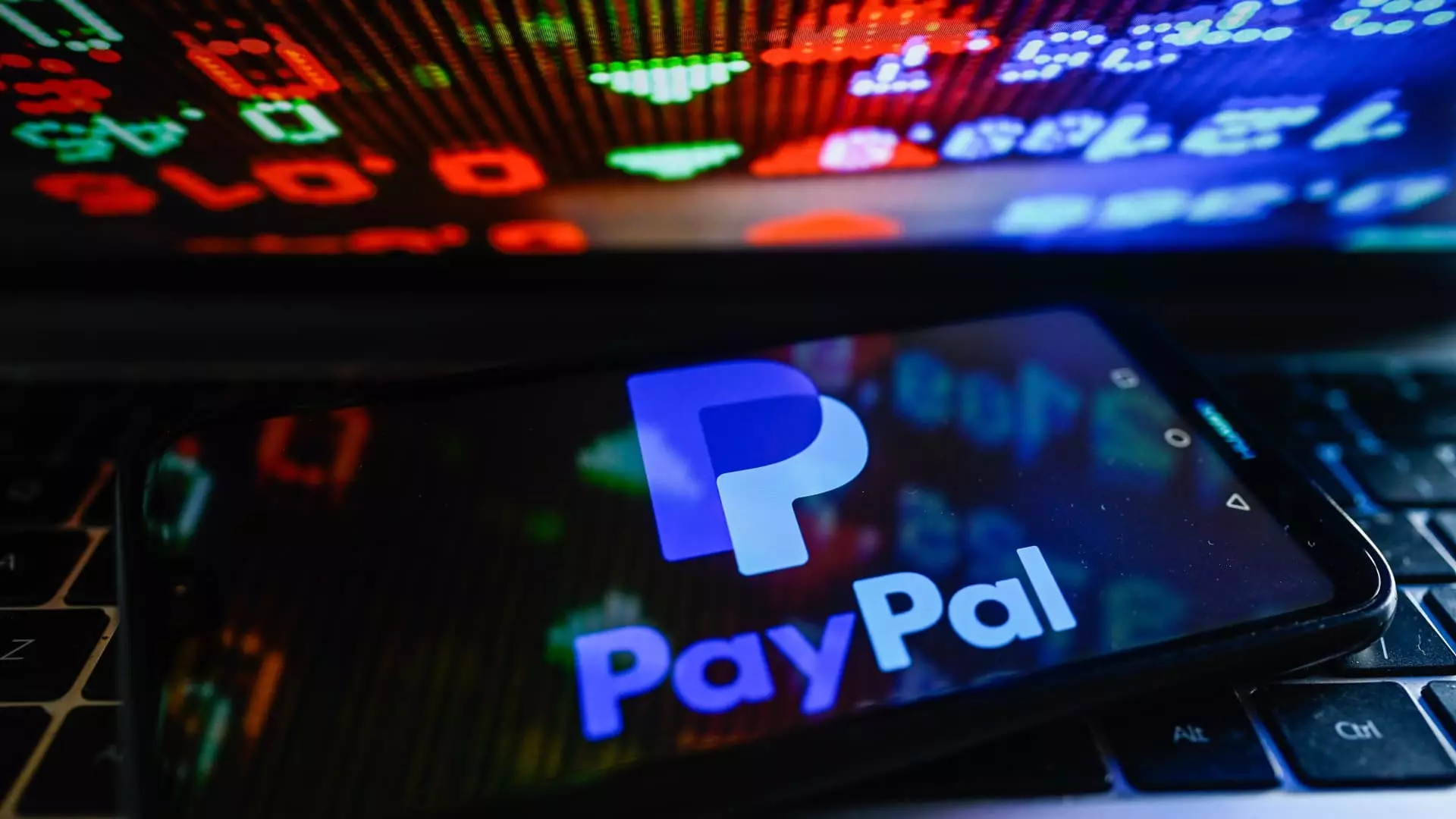PayPal USD (PYUSD) launched with formidable expectations but finds itself struggling to carve out a meaningful niche within the ultra-competitive stablecoin market. As Coinbase eliminates fees on purchases of PYUSD, ostensibly to enhance its adoption and utility, we must scrutinize whether this move will genuinely catalyze change or if it simply reveals deeper systemic issues plaguing PYUSD. With a market capitalization of just $730 million, the future looks less than promising for a stablecoin that should, by all rights, be thriving in an era characterized by rapid digital transformation.
The Disastrous Market Position of PYUSD
When looking at the broader landscape of stablecoins, it is alarming how PYUSD barely scratches the surface of significance. Dominated by Tether’s USDT and Circle’s USDC, which command 66.5% and 28.3% market shares, respectively, PayPal’s entry seems less like a breakthrough and more like an afterthought. The inability to capture market interest raises questions about the strategic foresight of PayPal and the efficacy of its aggressive promotional tactics.
On paper, a company like PayPal, with its extensive consumer and merchant network of over 430 million users, should have had a strategic advantage. However, the reality remains that PYUSD has not resonated with either consumers or institutions, creating an existential crisis for its market presence. Is a fee-free structure enough to reverse the lackluster adoption? Doubtful.
Coinbase’s Clientele Focus: A Double-Edged Sword
Coinbase’s efforts to revamp the appeal of PYUSD through fee waivers are driven by its long-term goal to translate some trading revenues into stablecoin utilization. While this might seem like a tactical move, it raises ethical questions about whether Coinbase is merely trying to exploit a failing product. The disparity of power between large crypto firms and smaller entities renders this approach questionable; are they genuinely promoting innovation, or merely attempting to inflate the worth of a subpar token?
Moreover, it feels insincere for Coinbase to champion PYUSD while being deeply integrated into the USDC ecosystem, where they share revenue streams with Circle. Does this indicate a lack of genuine commitment to PYUSD if its success threatens its core business model? This conflict of interest could hinder genuine innovation, potentially leading to disillusionment among consumers.
Legislative Pressures: A Facade of Regulation
Despite the rhetoric surrounding an impending legislative framework aimed at regulating stablecoins, it is essential to view this with skepticism. Federal intervention, especially one that has been anticipated for years, often stifles innovation. The notion that Congress will pave a clear path forward for stablecoins by the third quarter appears overly optimistic. Regulation could turn out to be a straitjacket rather than a supportive framework for PYUSD or any other stablecoins.
The competitive landscape is even more influenced by companies like Circle, which are not just passively observing legislation but actively trying to create viable alternatives. The timing couldn’t be worse, as stablecoins struggle to maintain relevance in a marketplace that is shifting rapidly with new financial instruments and applications.
PayPal’s Misguided Incentives
The new initiative by PayPal to offer a 3.7% annual rewards rate on PYUSD balances, paid in additional PYUSD, might come off as an innovative idea at first glance. However, it feels more like a desperate gamble than a sustainable strategy. One has to wonder, why incentivize a currency that fails to gain traction? The potential for inflation in the balance of PYUSD further guarantees that it will struggle for any semblance of stability.
Moreover, rewards that are distributed in the very token that is failing to generate visibility or trust only amplify doubts regarding its viability. Wouldn’t a rewards program that ties back to established currencies provide more significant assurance? By coupling incentives with an inadequate currency, PayPal risks alienating potential investors and consumers who are looking for stable value propositions in volatile markets.
Final Thoughts: A Market Request for More Than Promises
Simply put, the promotions and integrations will achieve little if the foundational product lacks utility. For the long-term survival of PYUSD, merely becoming another option does not suffice. The crypto ecosystem is bound by the laws of market competition, and right now, PayPal’s stablecoin appears tragically ill-equipped to stand against the giants in the field. Consumers expect stability, reliability, and utility—all of which PYUSD is still struggling to demonstrate. As such, the blockchain and crypto communities would be wise to temper their expectations regarding this latest entrant and focus on more reliable alternatives.

